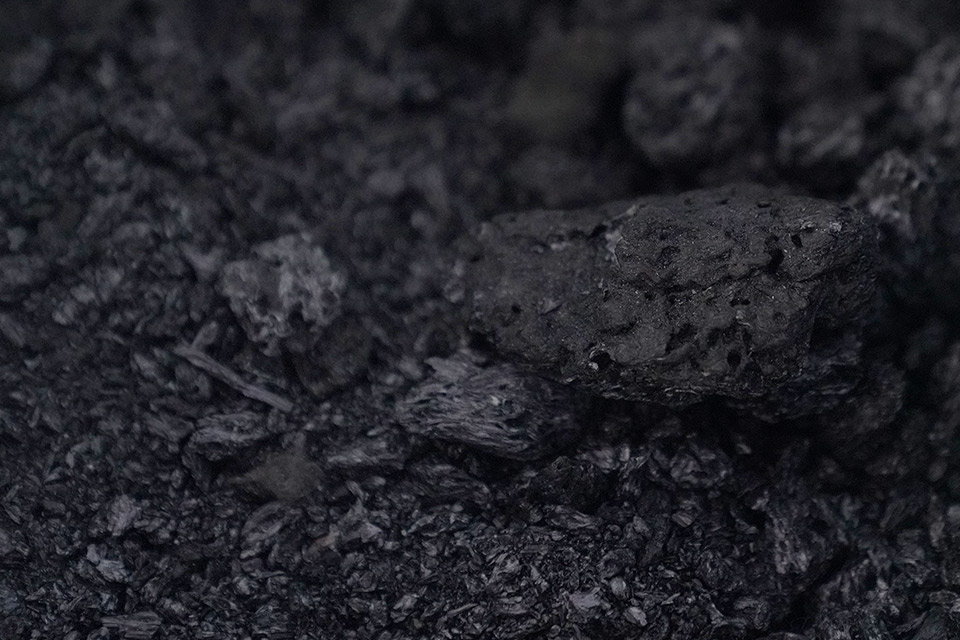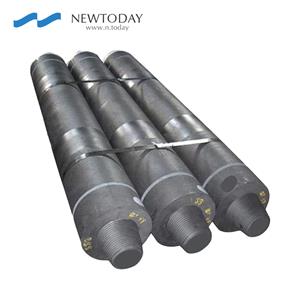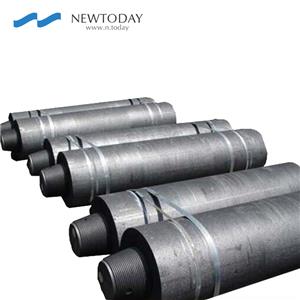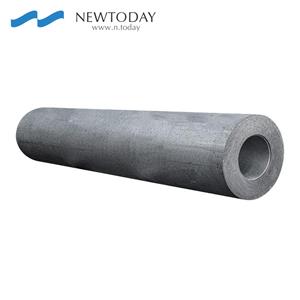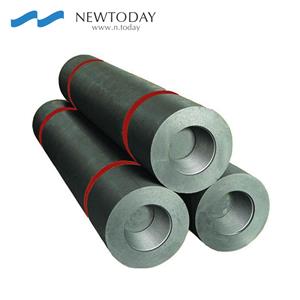Do you know the advantages of graphite as an electrode material?
1. High Electrical Conductivity: Graphite exhibits excellent electrical conductivity. In graphite, each carbon atom forms three covalent bonds with other carbon atoms, while retaining one free electron. These delocalized electrons can move freely within the plane, making graphite highly conductive. Its conductivity is about a hundred times higher than typical non-metallic minerals, allowing efficient transmission of current. This ensures stable current flow during operation, meeting the demands for conductivity in various electrochemical processes.
2. High Thermal Stability: Graphite demonstrates remarkable thermal stability at high temperatures, making it resistant to deformation or melting. It is particularly suitable for high-temperature applications, such as in electric arc furnace steelmaking. The melting point of graphite is 3850±50°C, and its boiling point is 4250°C. Even under extreme heat from an electric arc, graphite experiences minimal weight loss. In high-temperature environments, graphite electrodes maintain their structural integrity, resisting deformation or melting, which is essential for processes like electric arc furnace steelmaking that operate under intense heat.
3. Chemical Stability: Graphite exhibits outstanding chemical stability at room temperature, resisting corrosion from acids, alkalis, and organic solvents, which allows it to withstand exposure to various chemicals. In electrochemical processes, electrodes come into contact with a wide range of chemical substances. The chemical stability of graphite electrodes enables them to maintain consistent performance in complex chemical environments, reducing the risk of corrosion or chemical reactions, thereby extending the electrode's lifespan.
4. Machinability: Graphite is highly machinable and can be processed into electrodes of various shapes and sizes as needed, supporting a wide range of industrial applications. Its cutting resistance is about one-quarter that of copper, allowing for faster machining and easier processing.
5. Low Thermal Expansion Coefficient: A low thermal expansion coefficient means that graphite electrodes experience minimal size changes when subjected to temperature fluctuations. Compared to other electrode materials, graphite electrodes better maintain their shape and dimensional stability during heating and cooling, reducing the risk of damage or performance degradation due to thermal expansion and contraction, thus extending their service life.
6. Cost-Effectiveness: Compared to electrodes made from precious metals, graphite electrodes are relatively low-cost and readily available, making them a more economical choice.
